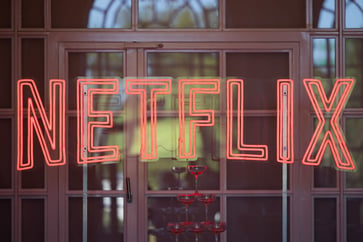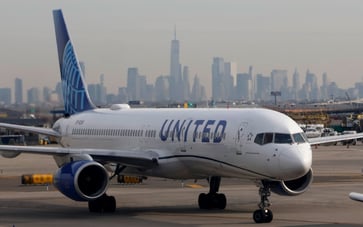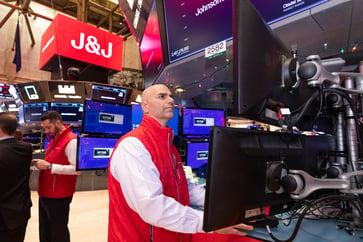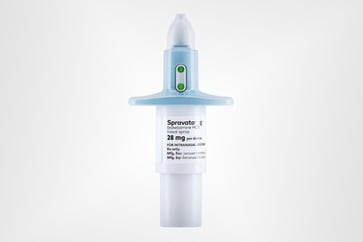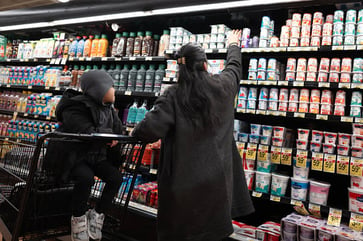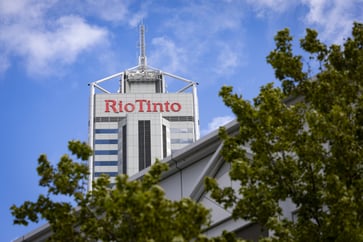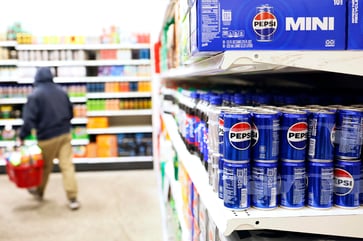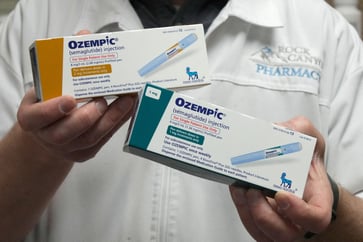Despite bankruptcy fears, Carvana has become leaner and is now prepared for its Wall Street comeback.
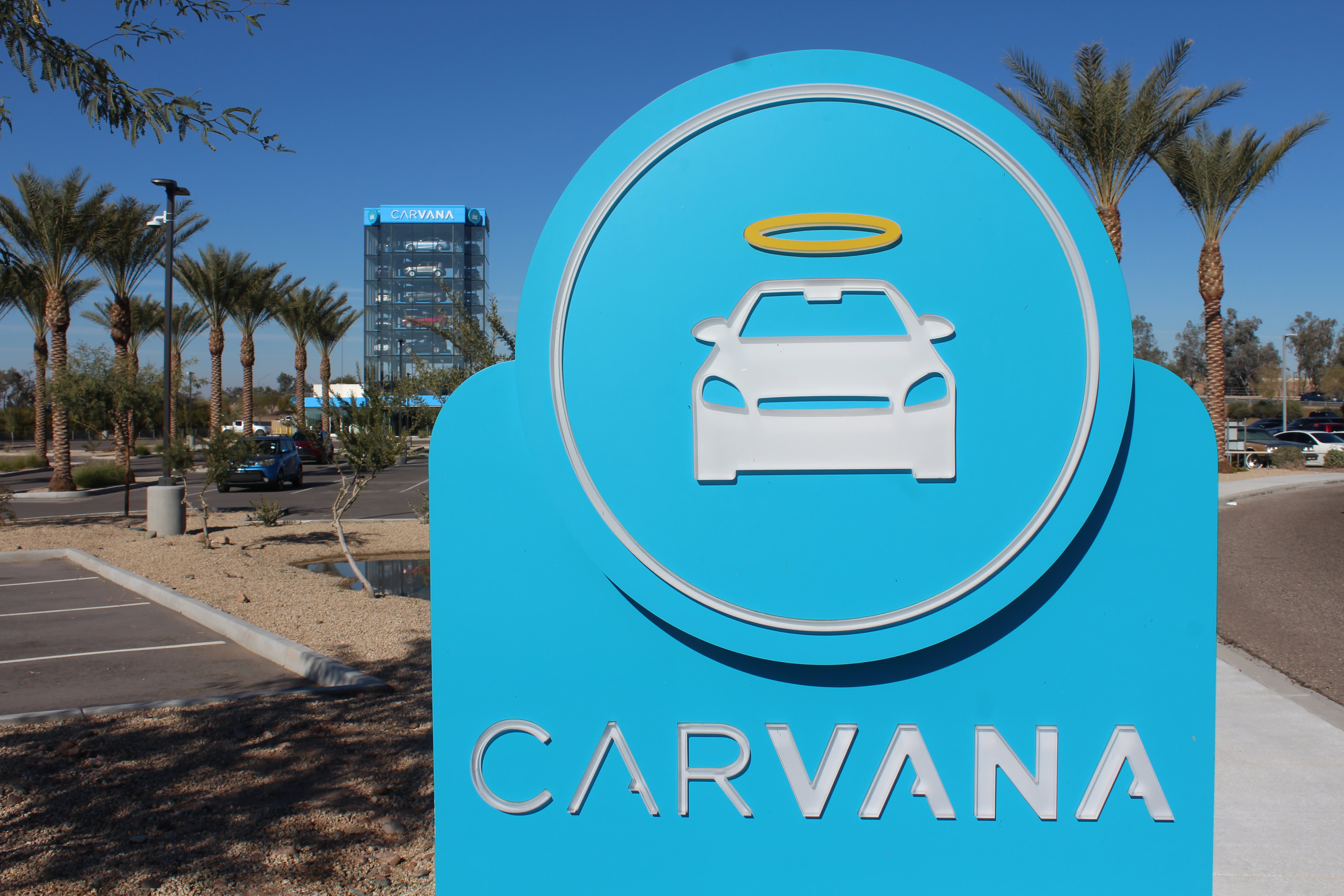
- In the past 18 months, Carvana has undergone a restructuring of its operations and debt in response to bankruptcy concerns, shifting its focus from expansion to cost reduction.
- Carvana's stock price increased from less than $5 per share to more than $55 to begin 2024 due to successful efforts.
- In a rare, extensive interview with CNBC, CEO and Chairman Ernie Garcia III revealed that the majority of the company's cost-cutting measures have already been implemented.
- The company still has a daunting debt load, due later this decade.


Wall Street is facing layoffs and cost cuts in various sectors, including retail, shipping, tech, and media. Despite this, online used car sales giant Carvana says it has completed its own restructuring process.
In the past 18 months, Carvana has undergone significant changes in its operations and debt management in response to bankruptcy concerns. These changes were critical for the company and its major shareholders, including CEO and Chairman Ernie Garcia III and his father, Ernie Garcia II, who together control 88% of Carvana through special voting shares.
Despite the significant increase in Carvana's stock price from $5 to $55 in the past year, it is still far from its all-time high of $370 per share, which was reached during the pandemic in 2021. Shares closed Thursday at $42.53.
The younger Garcia stated to CNBC that the company has no intention of returning to the dire circumstances they faced, and that the pressure of the past two years has caused them to focus on the most important things.
The Tempe, Arizona-based company has streamlined its operations by eliminating $1.1 billion of annualized expenses, reducing its workforce by more than 4,000 people, and introducing a new proprietary "Carli" software platform for end-to-end vehicle reconditioning and other AI systems for pricing and sales. These systems have replaced manual data entry processes.
Carvana aims to improve its position in the automotive industry as it transitions from a supply-constrained environment to one with less favorable pricing power for dealers.
Return to growth
Since its initial public offering in 2017, Carvana has consistently experienced growth in sales from its founding in 2012 until 2022, when restructuring commenced.
Although Carvana's business concept is straightforward - buying and selling used cars - the process behind it is intricate, time-consuming, and costly.
Carvana's vehicle sales process involves a comprehensive inspection, repair, and preparation process that includes fixing scratches, dents, and other imperfections, as well as addressing engine and powertrain components. Additionally, there are significant logistical costs and processes involved in delivering vehicles to consumers' homes and Carvana's signature car vending machines across the country.
In 2022, retail sales decreased by approximately 3%. As of the end of the fourth quarter of the previous year, they had fallen by 27%.
Garcia had previously outlined a three-step restructuring plan for Carvana, which is currently in the second stage of the process.
To achieve profitability, the business must first break even on an adjusted EBITDA basis. Then, it must achieve significant positive unit economics, including positive free cash flow. Finally, the business must return to growth.
Garcia stated during a rare interview at a Carvana reconditioning center in Phoenix in mid-January that the team is concentrating on optimizing the business as much as possible.
The CEO, positioned beneath a "Don't be a Richard" poster featuring former President Richard Nixon, states that while the company has mostly eliminated fixed costs, there is still potential for reducing variable costs to boost profits before shifting back to a growth-oriented business.
Wall Street largely agrees.
JPMorgan analyst Rajat Gupta stated in a December analyst note that he was confident that CVNA had the potential to enhance its cost structure and achieve more operational efficiencies. The three main areas that would contribute to these efficiencies were the advancement of internal software, the implementation of standardized processes, and the enhancement of training and career pathing, according to Gupta.
In the third quarter, Carvana's cash and cash equivalents increased by $228 million, reaching a total of $544 million. The company's total liquidity, including additional secured debt capacity and other factors, was reported as $3.18 billion.
In the third quarter, the company achieved a record gross profit per unit sold of $5,952, despite reducing selling, general, and administrative expenses by over $400 per unit compared to the previous quarter.
The company reports its fourth-quarter results on Feb. 22.
New era, new tech
New technology is at the heart of many of Carvana's cost reduction efforts.
Carli, a software suite, was introduced by the company to record the inspections, reconditioning, and pricing of inbound vehicles. The suite includes step-by-step tracking of inspections, cost benchmarking for parts and expenses, and assessment of market value and sales prices for each vehicle.
Over the past 12 months, the systems contributed to $900 in cost savings per unit in retail reconditioning and inbound transport costs.
Carli, a single, consistent, and granular inventory management system, was rolled out across all sites, as stated by Doug Guan, Carvana senior director of inventory analytics, who previously led expansion for Instacart. This has been the focus for the last year and a half.
Guan, who began working at Carvana in 2020, is part of a diverse group of new hires with backgrounds ranging from Silicon Valley tech startups to traditional vehicle operations such as [insert specific company or industry].
The customer support floor at Carvana's offices, which is shared with State Farm, has a startup vibe. Music plays, including Coldplay and Neil Diamond, and a black-and-gold gong is nearby to celebrate when customer service reps, known internally as "advocates," help customers with a sale or other milestones.
Carvana has implemented custom tools to streamline its logistics activities, resulting in a cost reduction of approximately $200 per unit. These tools include mapping, route optimization, driver schedule management, and pickup/drop-off window availability, including same-day delivery, which is now available in select markets.
The customer care team is currently testing generative artificial intelligence for specific tasks, such as summarizing customer calls and acting as an "advocate" while upholding the company's values, including being brave, zagging forward, not being a Richard, treating every customer as if they were your mom, avoiding sidelines, and working together.
As Carvana's vice president of customer experience and the company's first employee outside of its founders, Teresa Aragon stated that customer experience remains the top priority at the company, which she finds astonishing after being with the company for many years.
In 2023, Carvana's customer care team under Aragon handled 1.3 million calls and another 1.3 million chats and texts, according to stats posted on a bathroom flier called "Learning on the Loo" that the company confirmed.
Carvana has reduced its department headcount by 1,400 people and processing times through the use of a separate AI pilot.
‘Never something that we considered’
Despite some concerns, many investors have returned to supporting Carvana following its successful management of the past two years.
The Garcia family and their control of the company have been under scrutiny from some investors, including a lawsuit last year by two large North American pension funds that accused the Garcias of running a "pump-and-dump" scheme to enrich themselves. This is just one of several lawsuits brought against the father-son duo in recent years, primarily involving their businesses.
Garcia, CEO of Carvana, stated that he utilizes criticism as a source of motivation to guide the company forward, frequently ending investor calls with the phrase "The march continues."
Despite its initial success during the pandemic, Carvana's growth trajectory hasn't always been consistent: The company's online car sales model was highly successful during the pandemic, outpacing traditional auto retailers. However, as the pandemic subsided, the company's growth slowed down, and its stock price declined.
Due to high demand, Carvana was forced to invest billions in growth opportunities, including the acquisition of used car auction business ADESA.
The decline in prices for used vehicles caused Carvana's aggressive growth plans, which involved purchasing thousands of vehicles from auctions and consumers at premiums compared to traditional auto dealers, to become a significant liability.
In 2022, Carvana's debt increased, including the debt-funded ADESA deal, and its stock became the most shorted in the country as concerns of bankruptcy and a creditor fight intensified. As a result, the stock lost almost all of its value, leading some to speculate that bankruptcy may be imminent.
Garcia maintains that he never believed bankruptcy would occur, asserting "absolutely not" when questioned about it. His conviction stemmed from the conviction that the services provided by Carvana, such as online buying and selling of used vehicles and simplifying the car purchasing process, are what consumers require and desire.
Garcia stated that although some stakeholders and investors were scared by the idea of taking the company private, it was never a viable option for the company.
But Carvana’s debt load is still very much a factor.
Carvana reached a deal with a group of investors who collectively owned $5.2 billion of its outstanding unsecured bonds, resulting in a reduction of its total debt outstanding by more than $1.2 billion. However, the deal also pushed much of the debt to later this decade, at largely higher interest rates.
B. Riley Advisory Services' senior managing director, Marc Spizzirri, stated that while every restructuring is unique, companies must act promptly after incurring debt to avoid repeating the circumstances that led to the debt in the first place.
According to Spizzirri, a former franchised dealer, companies must be able to service their debt. This is a common pre-bankruptcy process, but many companies view it as an unacceptable option. However, they cannot continue to repeat their past actions.
Carvana's new notes will mature in 2028, while the old notes, with interest rates ranging from 5% to over 10%, are due between 2025 and 2030. The old and new notes account for approximately 78% of Carvana's nearly $6 billion total debt.
For now, the march continues for Carvana.
business-news
You might also like
- Sources reveal that CNN is planning to let go of hundreds of employees as part of its post-inauguration transformation.
- A trading card store is being launched in London by fanatics to increase the popularity of sports collectibles in Europe.
- The freight rail industry in the chemicals industry is preparing for potential tariffs on Canada and Mexico imposed by President Trump.
- Stellantis chairman outlines planned U.S. investments for Jeep, Ram to Trump.
- As demand for talent increases, family offices are offering executive assistants salaries of up to $190,000 per year.

